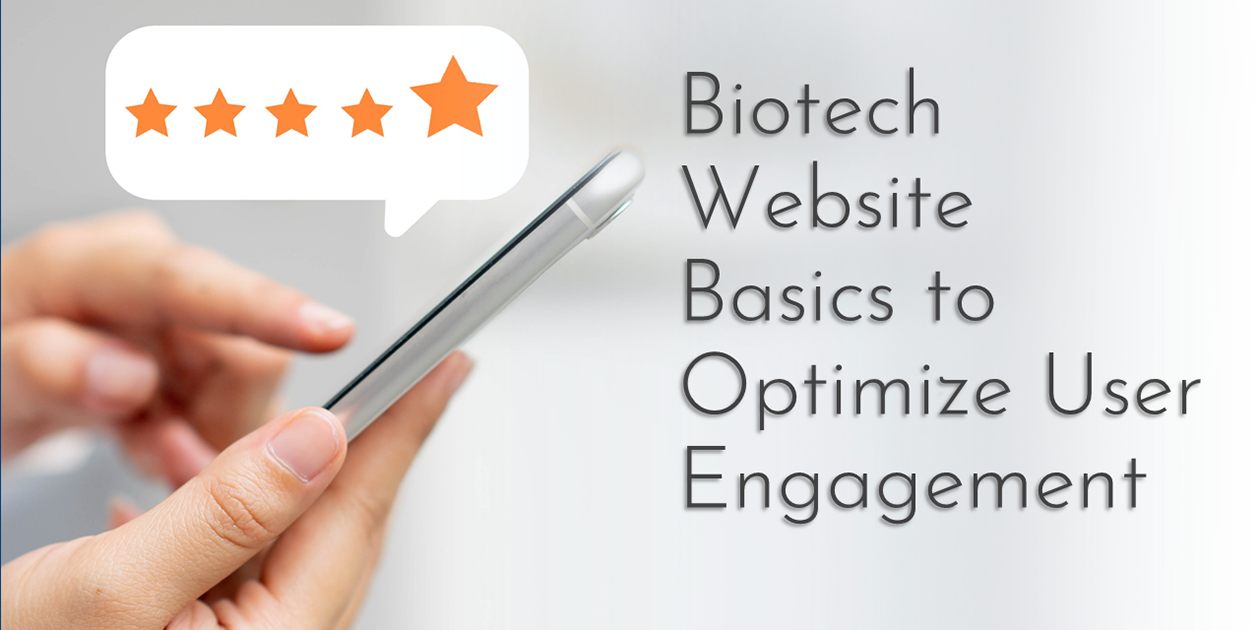Your website is most likely the first impression your potential customers or other key stakeholders will get about your biotech. It only takes mere seconds for someone to form an opinion based on their user experience.
A well-structured site gives visitors a feeling of competency and trust. In addition, it encourages them to engage with your company, creating more opportunities to help you accomplish your business goals and objectives. Here are four biotech website basics required for developing a digital presence optimized for your biotech company’s growth.
Read More









